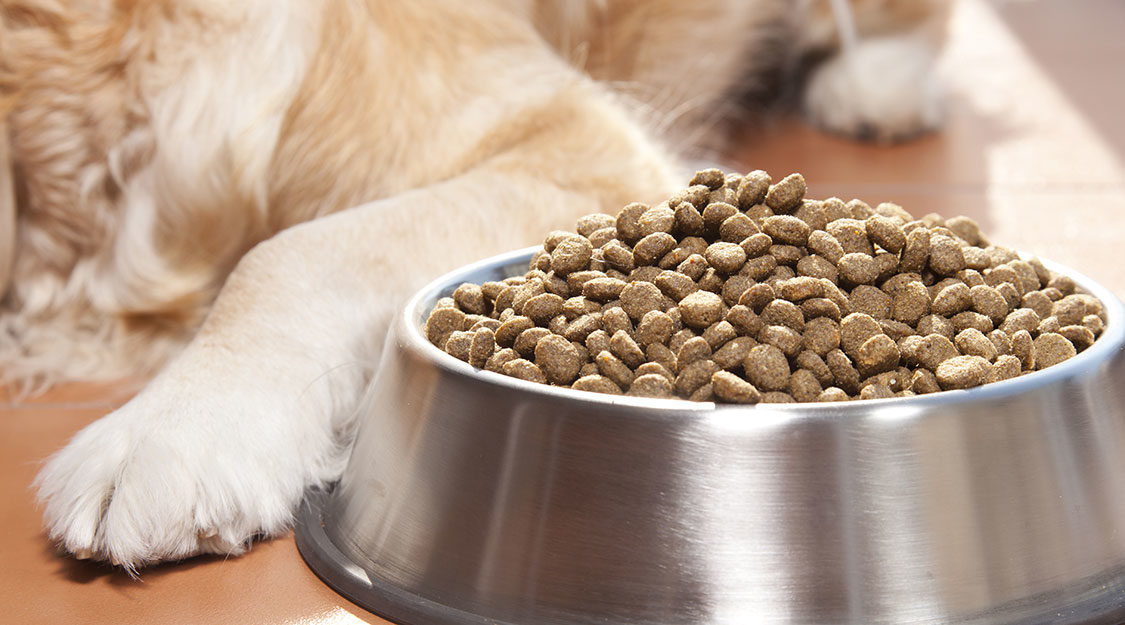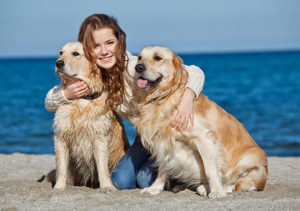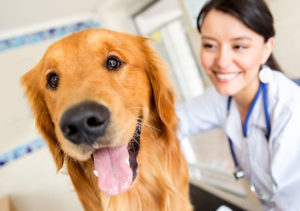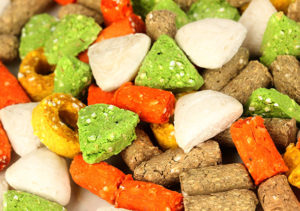6 Good Reasons to Switch to Organic Dog Food
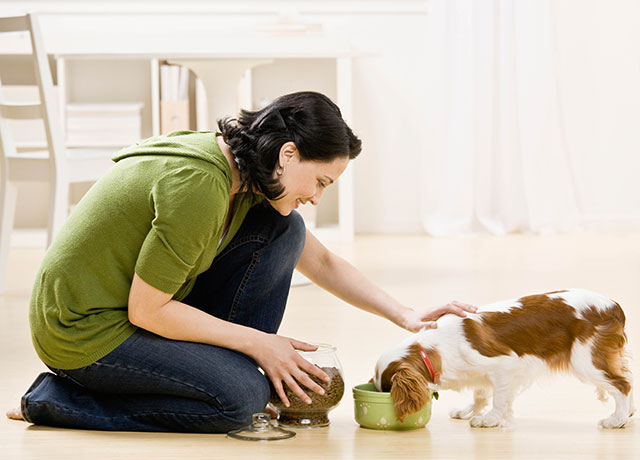
The concept of feeding raw dog food to your family pet was first introduced by Ian Billinghurst in the early 1990s. His book, Give Your Dog a Bone introduced the BARF diet (Bones and Raw Food or Biologically Appropriate Raw Food) to the general public. The term BARF has been replaced by raw feeding, naturally rearing or raw diet, but the concept remains the same, feeding your dog a natural diet is consistent with his biology.
Dogs are considered to be carnivores. Although your dog will eat plant matter, it evolved with a body and digestive system designed to be primarily a meat-eater. Dogs in the wild, such as wolves, eat predominantly raw meat, therefore why feed packaged foods that consist mostly of cereals and fillers? When we consider how dogs were raised before processed pet food and compare that to their modern diet you can see how dramatic the changes in their diet have been. These changes have taken place over the last 50 years. In evolutionary terms, that is less than a blink of the eye.
Why Feed A Raw Dog Food Diet?
There are many reasons why someone would feed their dog a raw diet, but do you know why you should?
Ensures a biologically appropriate diet
A raw diet is as close as you can get to the diet that nature intended for your dog. The natural canine diet consists of meat and bones, organs, whatever the prey’s stomach content may be, and plants.
Fewer Health Problems
The canine stomach is designed to digest a raw diet. Dogs cannot digest grains and cereals, commonly found as fillers in kibble. Additives and preservatives, while keeping kibble fresh for months, can create problems once stored in body fat and other tissues. Dogs fed raw dog food are less likely to have skin or coat problems, allergies or digestive diseases. Clean teeth, strong gums and jaws, healthy coats and fewer overall health problems all mean fewer trips to the vet!
Less waste
When your dog is on a raw diet you don’t pay for kibble ingredients such as fillers, additives, preservatives or grains and cereals which dogs cannot digest. On the back end (literally), you spend less for pooper scoopers, waste bags or yard maintenance since raw fed dogs have fewer stools with little to no odor.
Healthier food
There are a number of sources of hormone-free, antibiotic-free, grain-fed or free-range protein sources from which to choose. You can buy blends which include the proper proportions of meat to bone, organ meat and vegetables, or make your own.
Fosters slower more appropriate growth rates and healthier development
Puppies need good nutrition for growth. Raw-fed puppies get the right kind of nutrition in the right amounts. Puppies grow more slowly and steadily with no growth spurts or uneven growth patterns
Better coat, eyes and skin
If a dog is in less than optimal condition, it will show in his coat first. The body will sacrifice the skin and coat to preserve the more vital organs. Many people find that when they transition to raw, the skin and coat actually look worse at first. This is because one of the first benefits of a raw diet is ridding the dog of accumulated toxins, which leave the body by way of the skin. After the detoxification process is complete, you will see an improvement in coat, eyes, skin and overall vitality.
Feeding a raw dog food diet is a valuable investment in your dog’s long-term health and well-being.
